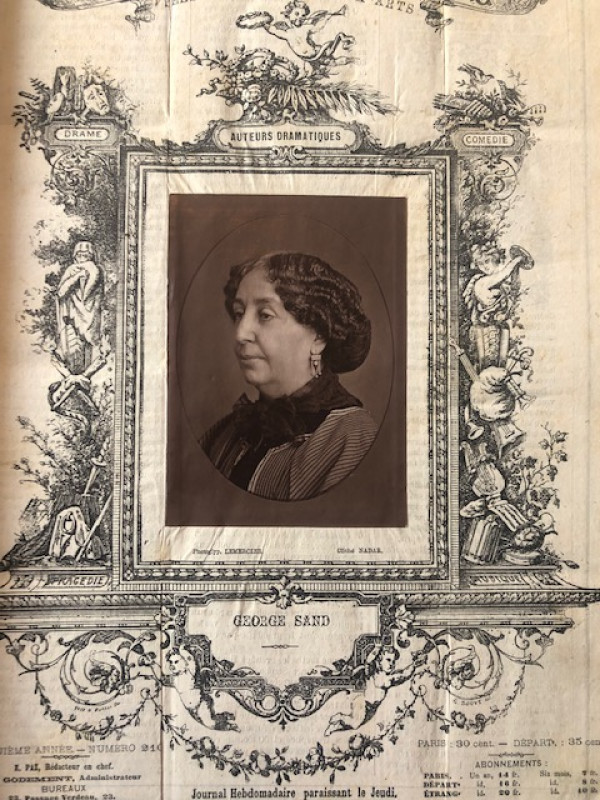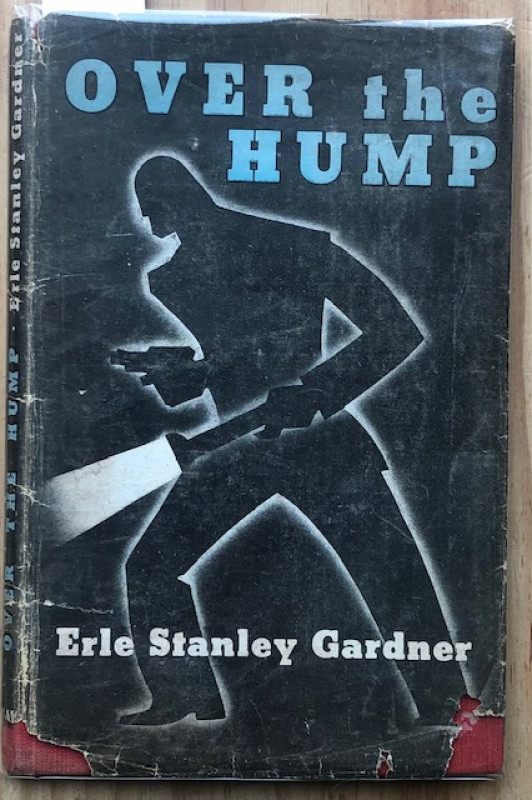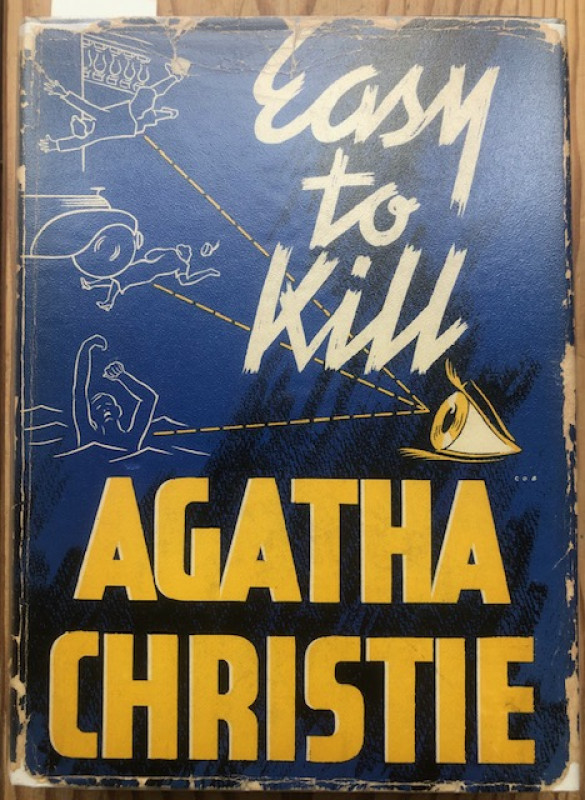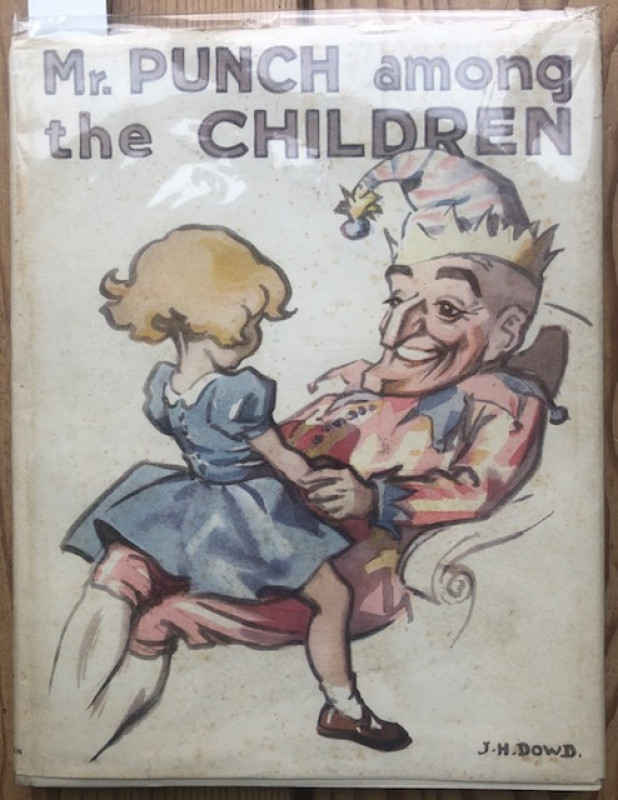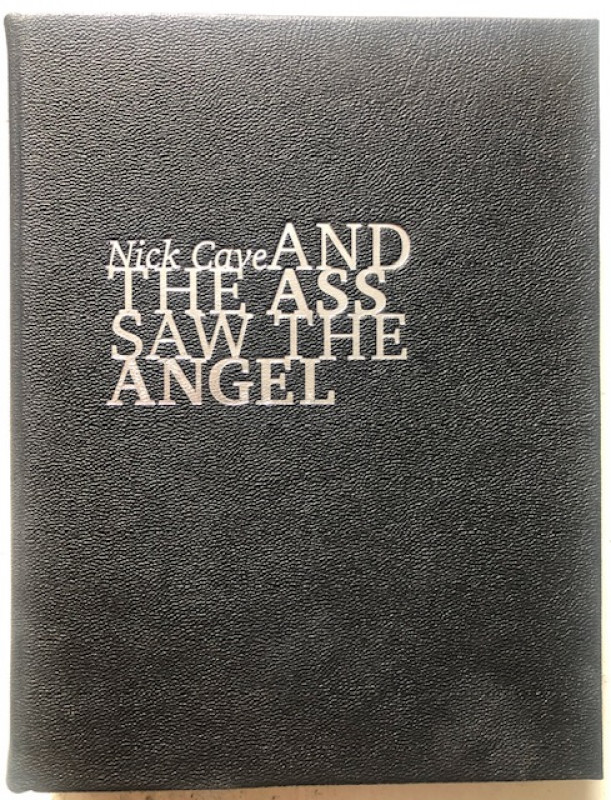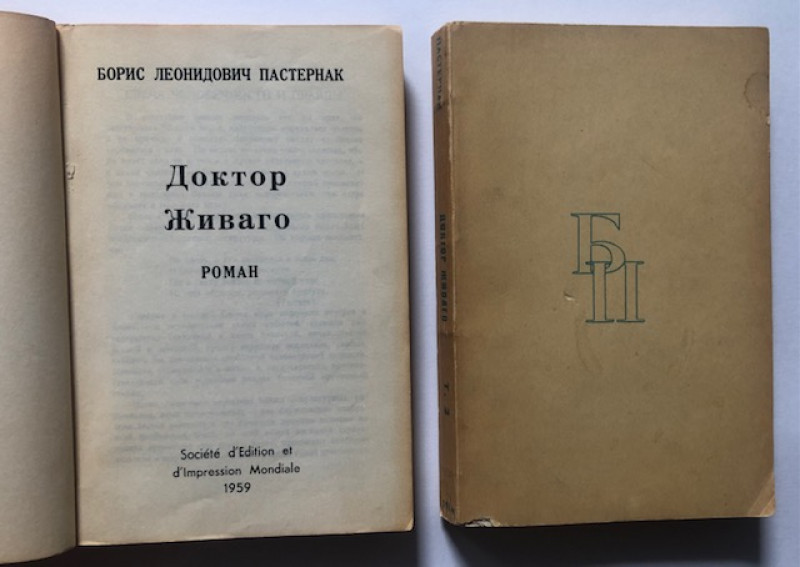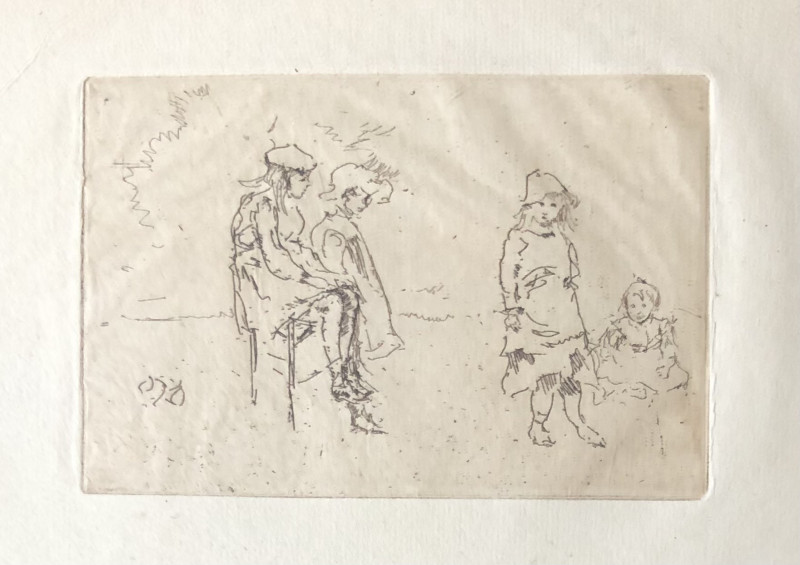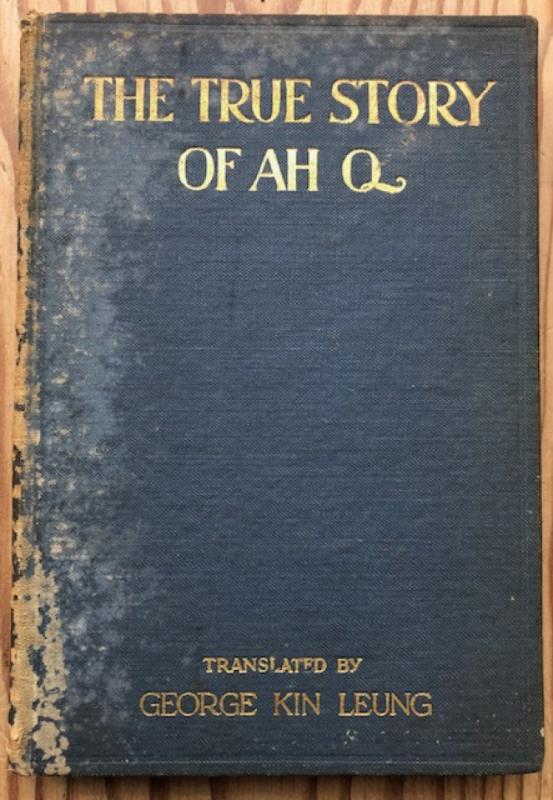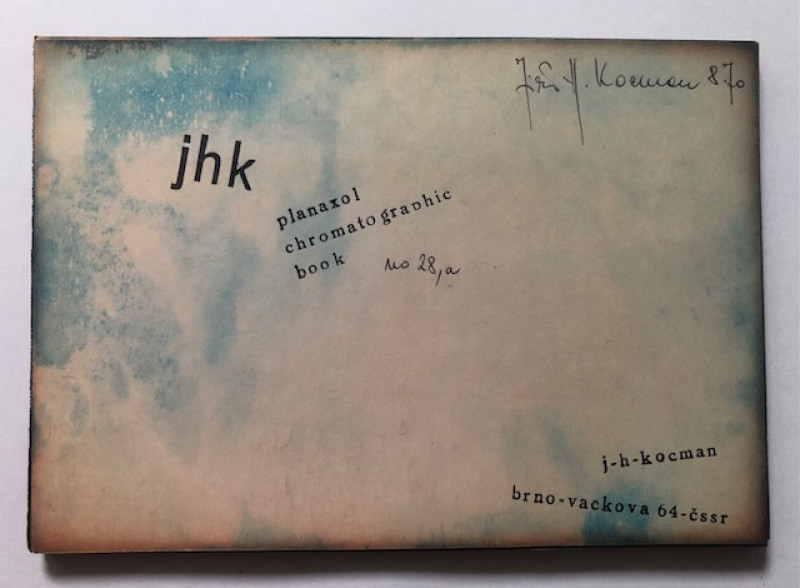Philosophiae newtonianae institutiones in usus academicos. Ex editione Amstelodamensi secunda auctiore recusae.
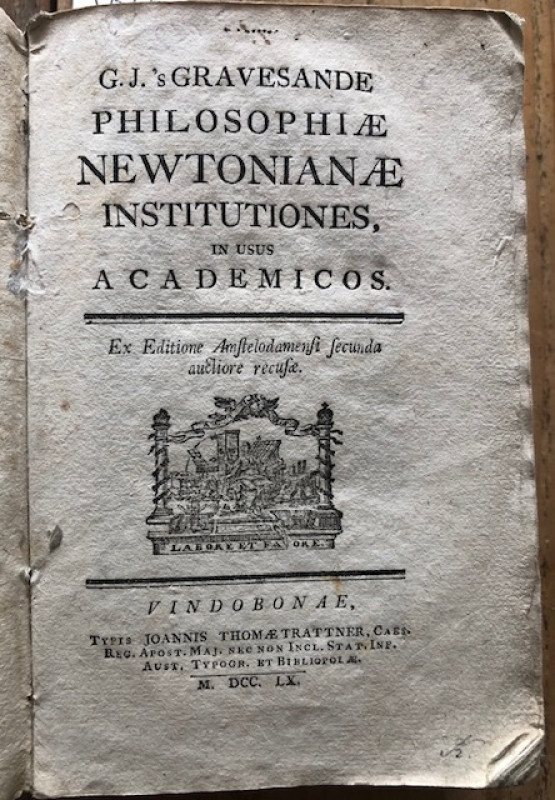

Book Description
[Newton, I.]. 's Gravesande, G.J. (Willem Jacob). Philosophiae newtonianae institutiones in usus academicos. Ex editione Amstelodamensi secunda auctiore recusae.
Vindobonae (Vienna), Joannis Thomae Trattner, 1760, 2 parts in 1 vol., (32),496,(16 index) pag., woodcut printer’s vignette, 17 folding tables with illustrations and diagrams, contemporary simple boards, 16,5 x 11 cm.
Dealer Notes
= Only 5 copies in Worldcat (none in The Netherlands). This edition not in Bierens de Haan. Rare edition of the Latin exposition of Newtonian philosophy, addressed to students. Willem Jacob 's Gravesande (1688?-1742) was a Dutch lawyer and natural philosopher, chiefly remembered for developing experimental demonstrations of the laws of classical mechanics. As professor of mathematics, astronomy and philosophy at Leiden University, he helped to propagate Isaac Newton's ideas in continental Europe. In 1715, 's Gravesande visited London as part of a Dutch delegation sent to welcome the Hanoverian Succession in Great Britain. In London, 's Gravesande met both King George I and Isaac Newton and was elected a fellow of the Royal Society. In 1717 he became professor of mathematics and astronomy in Leiden. From that position he was instrumental in introducing Newton's work to the Netherlands. 's Gravesande's main scientific work is Physices Elementa Mathematica, Experimentis Confirmata, Sive Introductio Ad Philosophiam Newtonianam ("Mathematical Elements Of Natural Philosophy, Confirmed By Experiments; Or, an Introduction to Newtonian Philosophy"), Published in Leiden In 1720. In that book he laid the foundations for the teaching of Newtonian mechanics Through experimental demonstrations he presented his work before audiences that included Voltaire and Albrecht Von Haller. The book was soon translated into English by John Theophilus Desaguliers, curator of experiments for The Royal Society. In 1722 he published the results of a series of experiments in which brass balls were dropped from varying heights onto a soft clay surface. He found that a ball with twice the speed of another would leave an indentation four times as deep, From which he concluded that the correct expression for the "live force" of a body in motion (what is modernly called its "kinetic energy") is proportional to its mass and the square of its velocity.
Author
[Newton, I.]. 's Gravesande, G.J. (Willem Jacob).
Date
1760
Binding
Contemporary simple boards
Publisher
Joannis Thomae Trattner
Pages
(32),496,(16 index) pag.
Price: £450.00
Offered by Fahrenheit 451 Antiquarian Booksellers
Friends of the PBFA
For £10 get free entry to our fairs, updates from the PBFA and more.
Please email info@pbfa.org for more information
